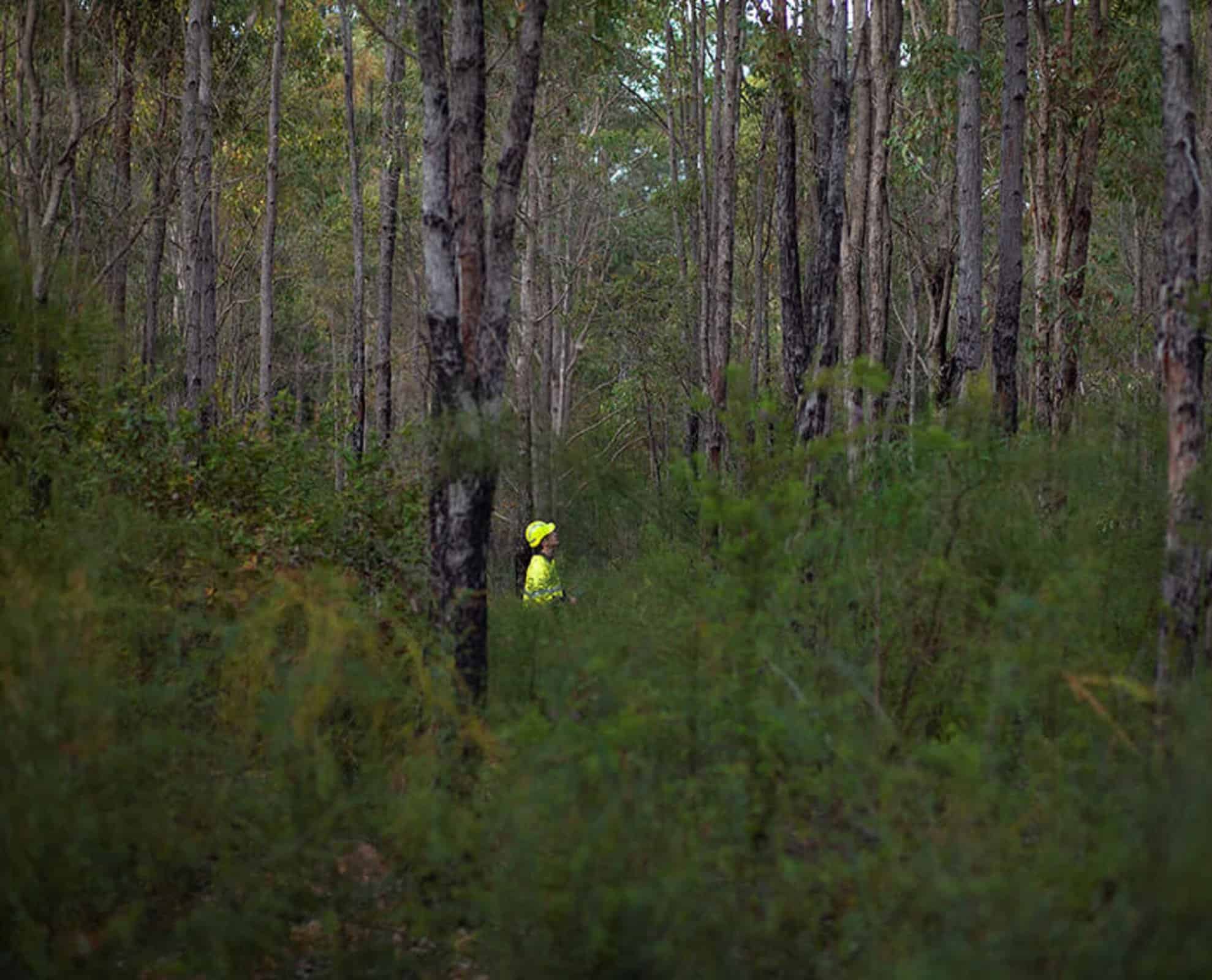Alcoa continues jarrah forest rehabilitation success

More than 75% of the areas cleared for bauxite mining in WA have been rehabilitated with the ultimate goal of the rehabilitation to restore a self-sustaining jarrah forest ecosystem.
To date, Alcoa has handed back two areas — totalling 1355ha — at the Jarrahdale mine and has received two Certificates of Acceptance from the State stating the areas met appropriate criteria for completed rehabilitation.
Notably, this was the first significant mining are to be submitted for and receive a Certificate of Acceptance in Australia.
Many of the rehabilitated areas that are yet to be handed back to the State support self-sustaining forest ecosystems and some also provide valuable forest recreation areas.
As natural growth processes take many years, this is why only limited areas have been formally handed back, however, many more are nearing this point.
Rehabilitation is delivered in accordance with the government’s required criteria which has evolved in line with scientific advances over the years. Before 1988, the requirement was to plant introduced trees such as Eastern States eucalypt species to support the local timber industry.
Since the 1970s, Alcoa has undertaken significant research and development work to enable successful reestablishment of northern jarrah forest native species. In 1988, the company moved to using entirely native species in the rehabilitation.
Alcoa’s goal is to return, on average, the same number of plant species in rehabilitated areas when compared to the surrounding forest.
The rehabilitated areas contain a rich mix of plant species, including ground, canopy and mid-strata layers that are important to the function of the jarrah forest.
To progress plans to accelerate future handback, Alcoa works closely with the WA Department of Biodiversity, Conservation and Attractions on appropriate forest management.
Published peer-reviewed research on fauna recolonisation of the rehabilitated areas has reported the return of 100% of mammals and around 90% of birds and reptile species, including several endangered and threatened species.






































